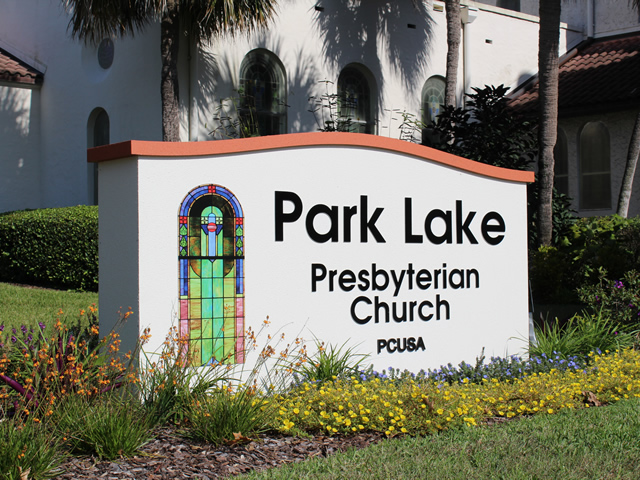Long distance relationships. My husband and I had one for several years before we married. Back then, we kept in touch by letters and phone calls, as often as we could afford. Free long distance was not a thing. We had to wait until at least 5:00pm to call, when the rates went down 35%. If we could, we waited until 11:00pm, when the rates decreased 75%. Unless someone died, no one made long distance calls during the daytime.
Still, we were spoiled by having reliable, immediately-available long distance service. Pre-email, we wrote letters and mailed photos. David and I learned that long distance relationships require some effort.
We are in a kind of long-distance relationship now, as the Church. We can still write letters; we have cell phones or landlines, free long distance, and FaceTime, Skype, Zoom, WhatsApp and Google Duo. Not only can we hear our loved ones’ voices, but we can see their faces. Just like the Jetsons! What great advances in communication, and a godsend during the COVID-19
pandemic. We are blessed by Facebook Live (thanks to our staff and the Dynamic DiSalvos) which is enabling us to share “virtual” worship with our Park Lake family while we stay a safe distance apart.
I’ve been thinking about virtual Church and how strange it feels to be cut off and not gather for worship, pass the peace, share the Lord’s Supper, sing in the choir, attend Sunday school, sip and snack during fellowship time, enjoy PLOW dinners, work side-by-side in mission. How can virtual Church ever be real Church?
We might think this is a new question, but oddly, it’s what the apostle Paul faced his entire ministry: How to keep the body of Christ connected from Rome to Jerusalem, across time, seas, mountains, deserts, cities and villages? Can virtual Church be real Church? Paul himself might have laughed at the question.
The New Testament books of The Acts of the Apostles and Paul’s letters witness how God nurtured the long-distance relationships of Christians across the Roman empire. Read and watch for how the Holy Spirit knit their spirits together. Notice how Paul begins his letters with greetings and prayers from one community to another, what love and warmth he conveys. He
brings news when he visits and sends updates by envoys like Timothy. He affirms the good each community is doing for Christ. He urges reconciliation in division. He encourages offerings between partners when one has abundance, and another is in need. They are the real Church long-distance, almost never in one place.
Most of all, Paul reminds our faith forebears that long distance will not last forever. Our present distancing will end and we, too, will be reunited in the house of the Lord. And one day, one glorious day, we will gather to feast with Christ in glory, at the banquet table of heaven.

